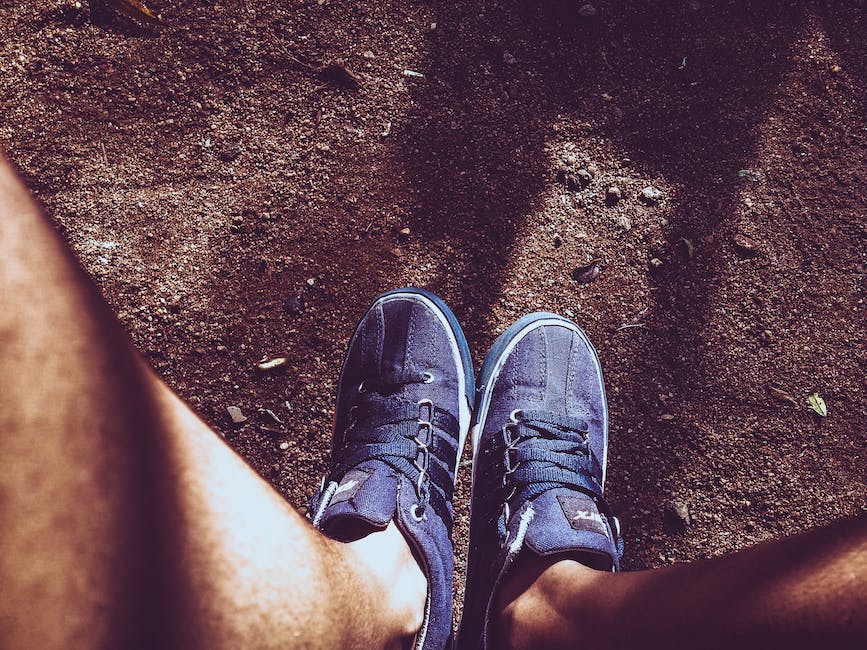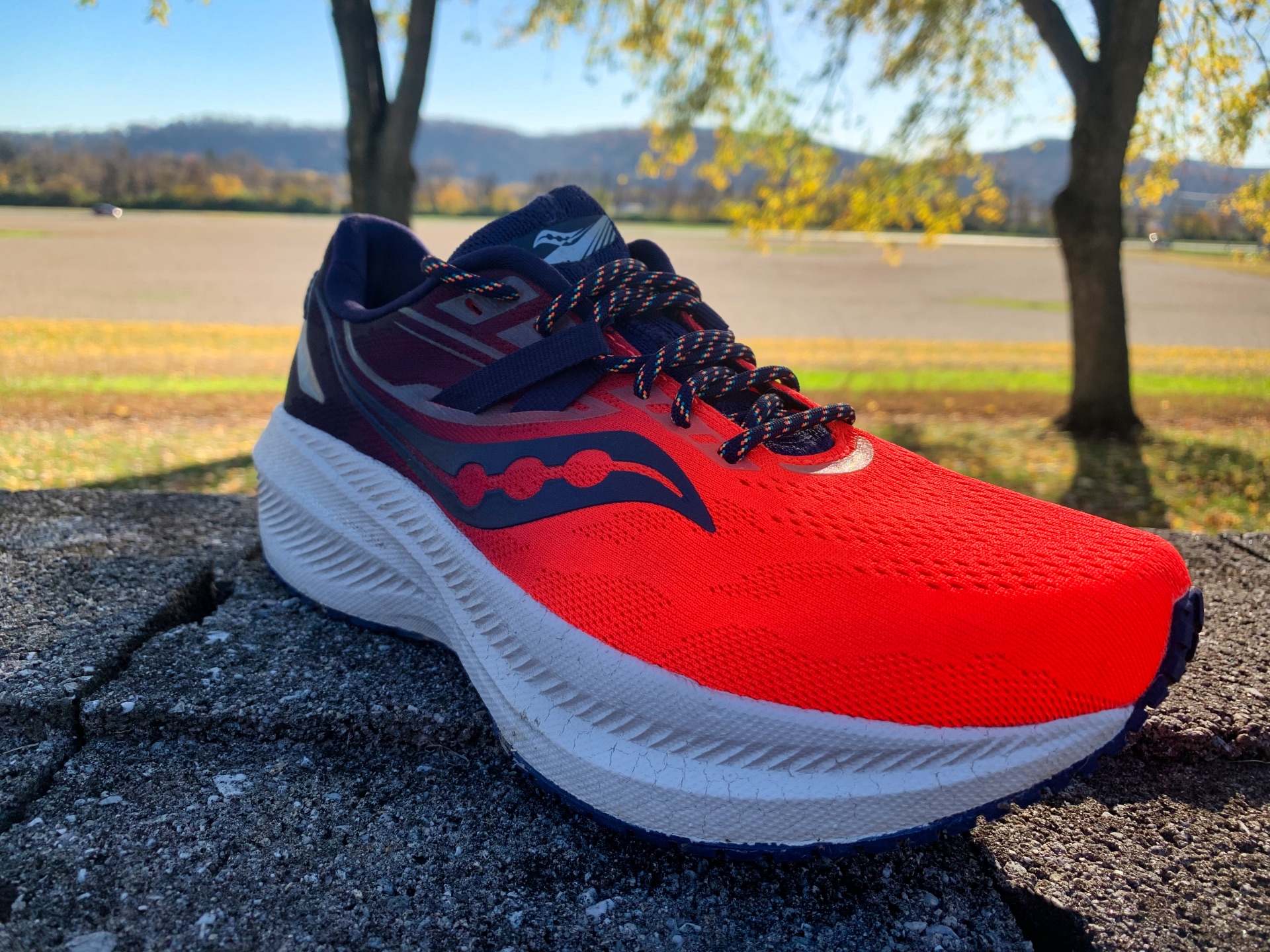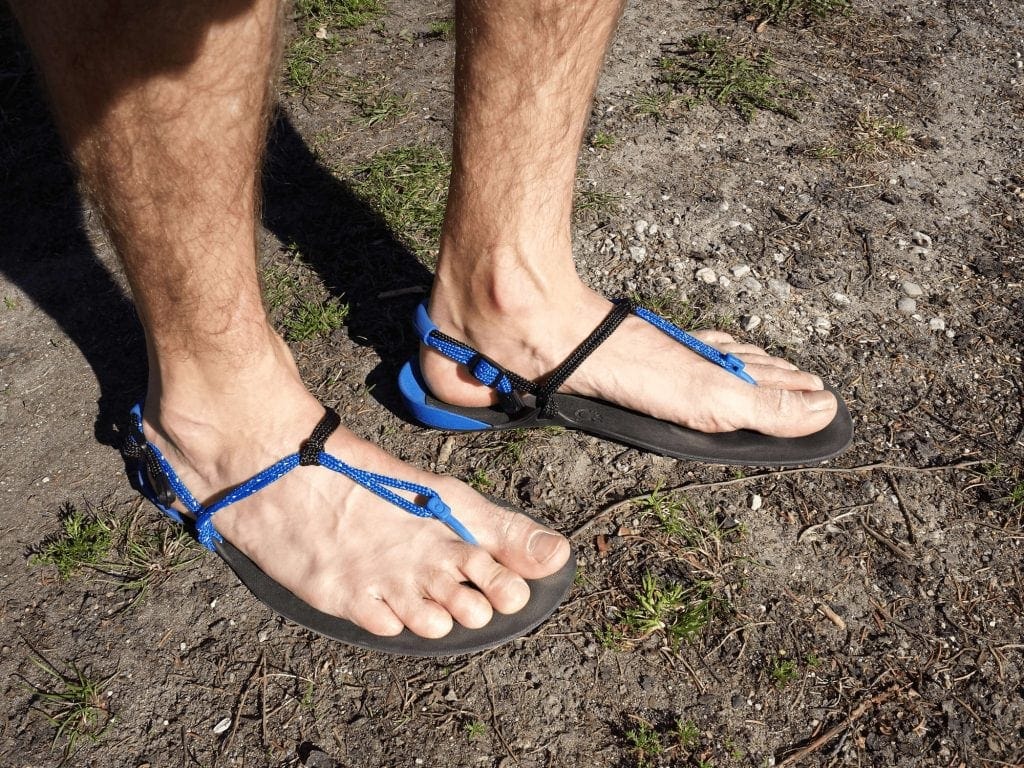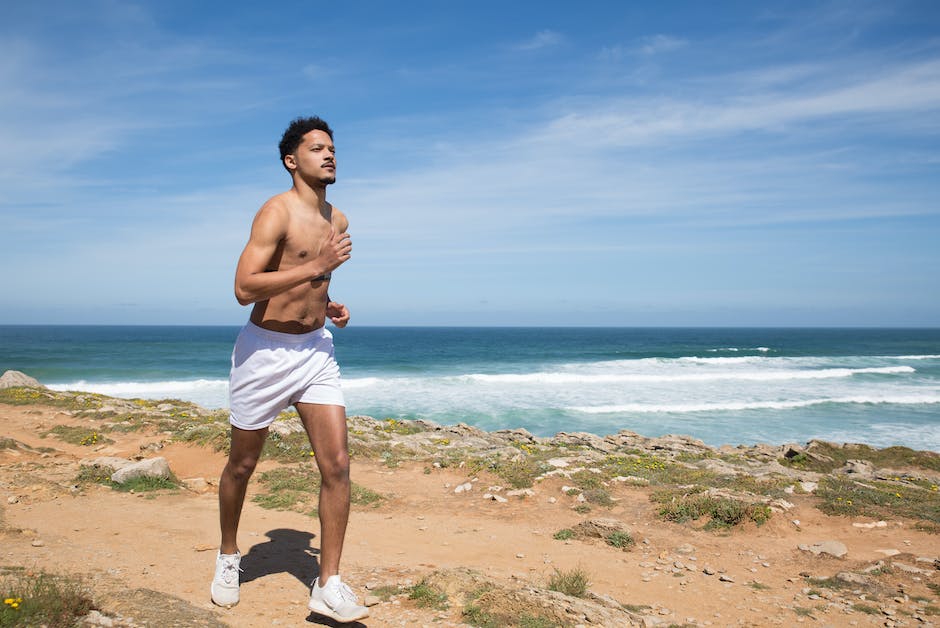
Trailblazing: How to Choose Trail Running Shoes
Trail running is a thrilling, challenging, and adventurous way to experience nature while getting a great workout. Whether you’re a seasoned trail runner or just starting out, choosing the right trail running shoes is crucial for your comfort, safety, and performance. With so many options available on the market, it can be overwhelming to decide which one is the best fit for you. In this article, we’ll explore how to choose trail running shoes that meet your needs and preferences, and provide some tips for making the right purchase decision.
What to Consider When Choosing Trail Running Shoes
Before selecting a pair of trail running shoes, you should consider several factors that will affect your overall experience on the trails. These factors include:
Terrain and Trail Type
The type of terrain and trail you’ll be running on will determine the features and design of your trail running shoes. Some shoes are better suited for rocky, technical trails with steep climbs and descents, while others are meant for flat, smooth trails with minimal obstacles. Look for shoes with appropriate traction, stability, and support for the specific trail conditions you’ll be encountering.
Foot Type and Biomechanics
Your foot type and biomechanics will also impact your shoe choice. Some people have flat arches, while others have high arches, and some overpronate or underpronate while running. Understanding your foot type and biomechanics can help you select shoes with the right level of cushioning, support, and stability for your feet. Consider visiting a specialty running store or consulting with a podiatrist to determine your foot type and find the best shoes for you.
Comfort and Fit
Trail running shoes should fit snugly and comfortably, without any rubbing or chafing that could lead to blisters or other injuries. Look for shoes with a roomy toe box, adequate cushioning, and a secure lacing system that keeps your foot in place and prevents slippage. Try on several pairs of shoes and walk around in them to determine the best fit for your foot shape and size.
Durability and Protection
Trail running shoes should be durable enough to withstand the harsh conditions of the trails and protect your feet from rocks, roots, and other hazards. Look for shoes with sturdy outsoles, reinforced toe caps, and water-resistant or waterproof materials if you’ll be running in wet or muddy conditions.

Types of Trail Running Shoes
Once you’ve considered the factors above and determined your needs and preferences, you can start exploring the different types of trail running shoes available. Here are some common types:
Lightweight/Minimalist Shoes
These shoes are designed to be lightweight and flexible, with minimal cushioning and support. They’re ideal for experienced runners who want to feel the trail surface and maintain a natural stride, but not recommended for beginners or runners with foot problems.
Cushioned Shoes
These shoes have more cushioning and support than minimalist shoes, providing a comfortable ride on both easy and challenging trails. They’re suitable for runners who need extra shock absorption and stability, but may feel too heavy or bulky for some.
Stability Shoes
These shoes offer additional support and control for overpronators, underpronators, and runners with flat feet. They have a firmer midsole and a wider base to prevent excessive pronation and reduce the risk of injury.
Trail Racing Shoes
These shoes are specifically designed for racing on trails, with lightweight and aggressive features that enhance speed and traction. They’re not recommended for everyday training or long-distance runs, but can be useful for competitive runners who want to perform their best on race day.
Additional Tips for Choosing Trail Running Shoes
Here are some extra tips to keep in mind when selecting trail running shoes:
Try Before You Buy
Always try on shoes and walk around in them before making a purchase. Many specialty running stores offer gait analysis and fitting services to help you find the perfect fit and style.
Consider the Price
Trail running shoes can range from budget-friendly to high-end, depending on the features and brand. Consider your budget and how often you’ll be using the shoes before making a purchase.
Read Reviews and Feedback
Check online reviews and feedback from other trail runners to get an idea of the performance and durability of different shoe models. Look for shoes with high ratings and positive comments from people with similar needs and preferences as yours.
The Bottom Line
Choosing trail running shoes requires careful consideration of your needs, preferences, and running style. By taking into account the factors we’ve discussed and exploring the different types of trail running shoes available, you can find a pair that fits you perfectly and helps you achieve your trailblazing goals. Happy running!
The Ultimate Trail Running Shoe Checklist
To summarize, here’s a checklist of key factors to consider when choosing trail running shoes:
- Terrain and trail type
- Foot type and biomechanics
- Comfort and fit
- Durability and protection
- Type of trail running shoes (minimalist, cushioned, stability, racing)
- Try before you buy
- Price
- Reviews and feedback from other trail runners
Use this checklist as a guide to ensure you find the best trail running shoes for your needs and enjoy the thrill of the trails with confidence and comfort.

Frequently asked questions
What factors should I consider when choosing trail running shoes?
Before selecting a pair of trail running shoes, you should consider several factors that will affect your overall experience on the trails. These factors include the terrain and trail type you’ll be running on, your foot type and biomechanics, the comfort and fit of the shoes, and their durability and protection. By taking into account these factors, you can find shoes that meet your needs and preferences.
What are the different types of trail running shoes?
The different types of trail running shoes include lightweight/minimalist shoes, cushioned shoes, stability shoes, and trail racing shoes. Lightweight shoes are suitable for experienced runners who want to maintain a natural stride, while cushioned shoes provide extra support and shock absorption. Stability shoes offer additional control for overpronators, underpronators, and runners with flat feet, while trail racing shoes are designed for competitive runners who want to enhance speed and traction.
How can I ensure that trail running shoes fit me properly?
Trail running shoes should fit snugly and comfortably, without any rubbing or chafing that could lead to blisters or other injuries. Look for shoes with a roomy toe box, adequate cushioning, and a secure lacing system that keeps your foot in place and prevents slippage. Always try on shoes and walk around in them before making a purchase, and consider visiting a specialty running store or consulting with a podiatrist to determine your foot type and find the best shoes for you.
What should I take into account when considering the price of trail running shoes?
Trail running shoes can range from budget-friendly to high-end, depending on the features and brand. Consider your budget and how often you’ll be using the shoes before making a purchase. While it may be tempting to go for the cheapest option, investing in high-quality trail running shoes can help you avoid injuries and maximize your performance on the trails.
How can I research and compare different trail running shoe models?
One way to research and compare different trail running shoe models is to read online reviews and feedback from other trail runners. Look for shoes with high ratings and positive comments from people with similar needs and preferences as yours. You can also ask for recommendations from experienced trail runners, and try on different shoes at a specialty running store to see how they feel and perform on the trails.







